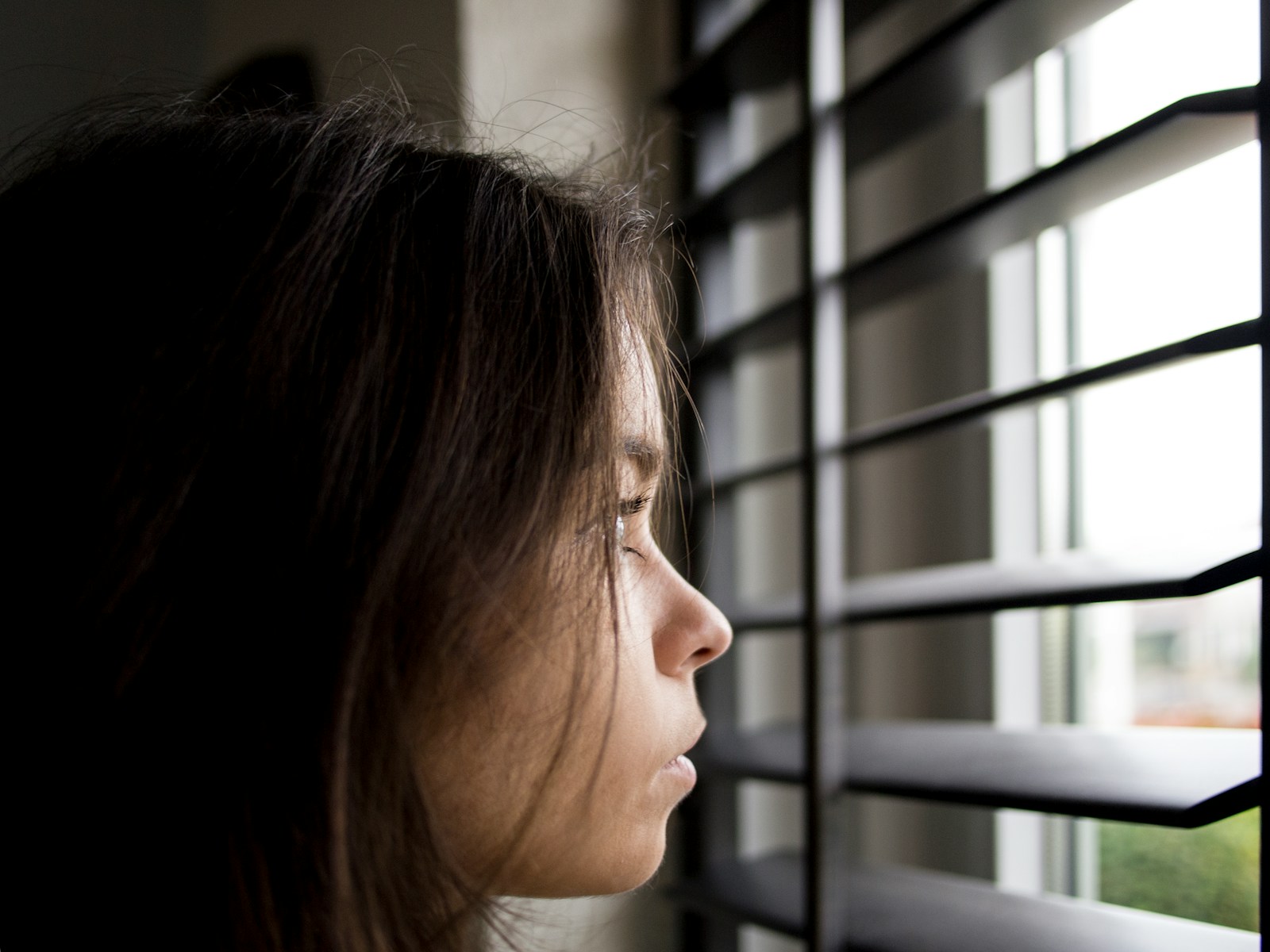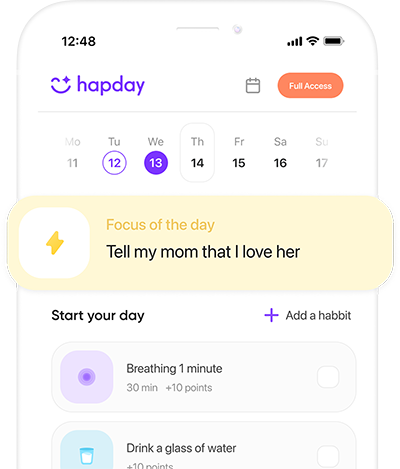Table of Contents
- Understanding Sensory Overload
- Coping Techniques and Strategies
- Supporting Individuals with ASD
- Future Directions and Research
- Conclusion
Understanding Sensory Overload
What is Sensory Overload?
Imagine you’re in a bustling room with bright lights, loud noises, and strong smells all at once. For a person with ASD, such situations can lead to sensory overload—an intense response to excessive sensory stimuli. This condition makes everyday environments sometimes feel unbearable and stressful.
Why Does Sensory Overload Happen in ASD?
Research shows that sensory processing patterns in individuals with ASD can differ significantly from those in neurotypical people. A 2014 study in the Journal of Autism and Developmental Disorders found that about 90% of people with ASD experience sensory issues. This may manifest as either heightened (hypersensitivity) or reduced (hyposensitivity) responses to sensory stimuli, primarily due to neurological differences.
Recognizing the Signs
Identifying sensory overload is crucial for management. Symptoms can vary widely but often include:
- Physical Signs: Heart racing, sweating, dizziness, nausea.
- Emotional Signs: Anxiety, irritability, confusion, panic.
- Behavioral Signs: Meltdowns, social withdrawal, repetitive behaviors.
Coping Techniques and Strategies
Environmental Modifications
1. Creating a Sensory-Friendly Space
Making changes to the immediate environment can alleviate sensory overload:
- Lighting: Opt for soft, natural, or dimmable lights. Consider blue light filters for screens.
- Sound: Use soundproofing or white noise machines to reduce background noise.
- Organization: Keep areas tidy to avoid visual clutter.
2. Personal Sensory Kits
Having a sensory kit on hand can provide quick relief during overload episodes. These kits are customizable and might include:
- Noise-canceling headphones
- Sunglasses or hats to shield from visual stimuli
- Fidget toys or stress balls
- Calming scents from essential oils or lotions
Personal Coping Strategies
1. Mindfulness and Relaxation
Mindfulness can help individuals recognize and manage their sensory triggers:
- Deep Breathing: Slowing and deepening breath to calm the nerves.
- Progressive Muscle Relaxation: Alternately tensing and releasing muscle groups to ease tension.
- Guided Imagery: Visualizing peaceful scenarios as an escape.
2. Routine and Predictability
Establishing stable routines can diminish anxiety tied to sensory overload:
- Use visual schedules to clarify daily plans.
- Practice new activities to increase comfort in unfamiliar situations.
Professional Interventions
1. Occupational Therapy
Occupational therapists can be invaluable, employing sensory integration therapy to assist in managing sensory challenges. As reported in the American Journal of Occupational Therapy (2017), these interventions can enhance processing and behavioral responses.
Therapists work alongside individuals to design strategies that apply to everyday living, introducing:
- Sensory diets with planned activities tailored for focus and organization.
- Gradual exposure techniques to lessen sensitivity to certain stimuli over time.
2. Cognitive Behavioral Therapy (CBT)
CBT is beneficial for addressing the emotional facets of sensory overload by shifting negative thought patterns into positive coping mechanisms. This entails:
- Developing problem-solving skills to handle overload situations.
- Implementing relaxation techniques for anxiety.
- Enhancing social skills to ease stressful interactions.
Supporting Individuals with ASD
Communication and Collaboration
Open dialogues about sensory preferences and triggers are essential. Collaborating with professionals and educators ensures consistent support across all settings.
Advocacy and Education
Building awareness and advocating for sensory accommodations in public spaces, schools, and workplaces fosters more inclusive environments.
Self-Care for Caregivers
Caregiving demands are high, so it’s critical for caregivers to prioritize their well-being through support networks, therapy, and respite care.
Future Directions and Research
Virtual Reality (VR)
VR can create controlled settings to gradually expose individuals to sensory stimuli, aiding desensitization and coping skill development.
Biofeedback
By using sensors to monitor physiological responses such as heart rate, biofeedback trains individuals to manage stress and sensory overload more effectively.
Conclusion
Sensory overload presents significant challenges for individuals with ASD, but with informed strategies and supportive environments, its impact can be minimized. Environmental changes, personal coping mechanisms, and professional interventions all contribute to managing sensory experiences. Through increased understanding, research, and advocacy, we can move towards a world more accommodating and inclusive for those on the autism spectrum.


I absolutely loved this article! It sheds light on a topic that is often overlooked. Understanding sensory overload in individuals with ASD can really help create a more compassionate world. I appreciate the detailed coping techniques provided. They empower both caregivers and individuals to manage their sensory experiences better.
While I recognize the importance of discussing sensory overload, this article feels overly optimistic. Just because we have some strategies doesn’t mean they will work for everyone with ASD. It’s naive to think that environmental modifications alone will solve such complex issues without considering individual differences.
I agree with CynicalCat to some extent. Each person with ASD is unique, and what works for one might not work for another. We must be careful not to generalize these solutions without more personalized approaches.
This article provides a wealth of information on sensory overload in ASD. The research references, particularly the study from the Journal of Autism and Developmental Disorders, bolster the claims made about sensory processing differences. It’s essential that we continue exploring this area for future advancements in therapy and support strategies.
‘Coping Techniques’ should be expanded further! Merely suggesting mindfulness or occupational therapy isn’t enough when many people don’t even have access to such resources due to socioeconomic factors. It’s crucial we address systemic issues alongside individual coping mechanisms for real change.
‘Virtual Reality’ as a coping tool sounds like something out of a sci-fi movie. How can anyone expect VR to replace genuine human interaction and understanding? Technology has its place, but it shouldn’t overshadow traditional methods that have been proven effective over time.
‘Personal Sensory Kits’? Love it! As someone who has experienced sensory overload firsthand, having my own kit filled with noise-canceling headphones and fidget toys has been a game changer during overwhelming situations.
‘FidgetFrenzy!’ makes an excellent point! I think everyone should consider making their own kits since they can be tailored specifically to what helps them feel comfortable and secure.
‘#FidgetFrenzy!’ Your enthusiasm is contagious! I started using essential oils too, and it’s honestly made such a difference in how I cope with stressful environments!
‘Environmental Modifications’ are critical but often neglected aspects of supporting those with ASD. Simple changes in lighting or sound can significantly reduce stress levels during daily activities; yet, many places still overlook these vital adjustments.